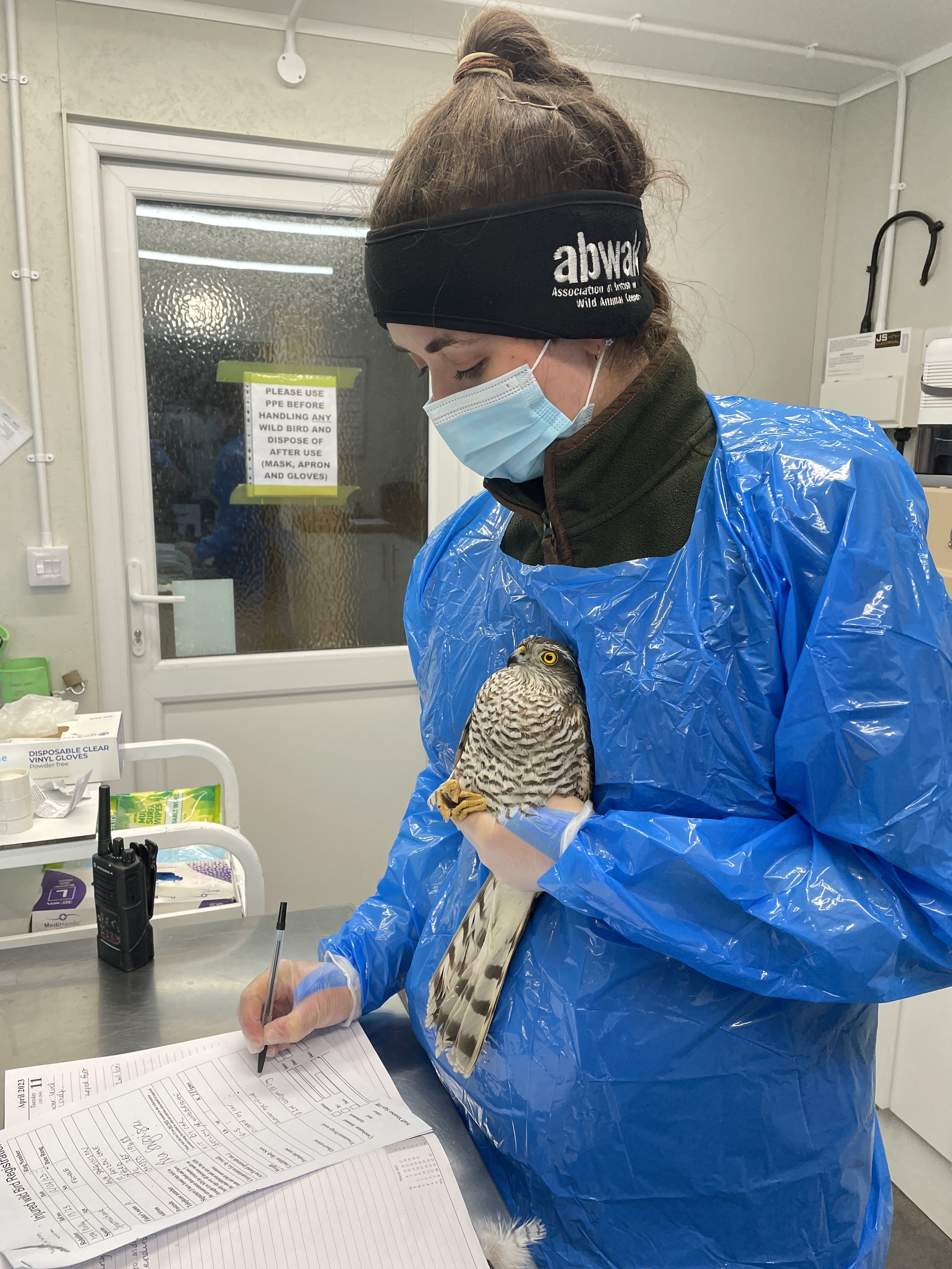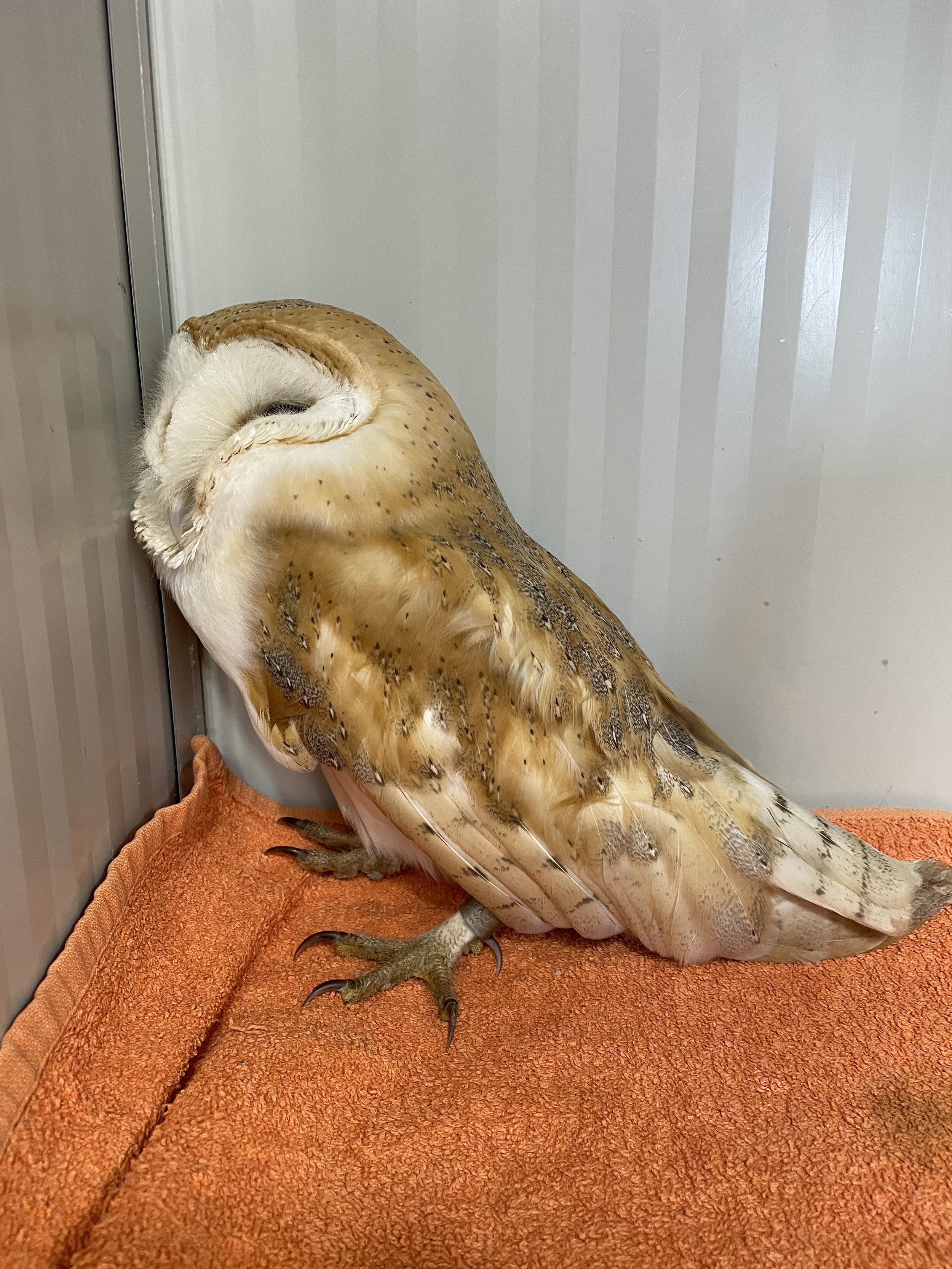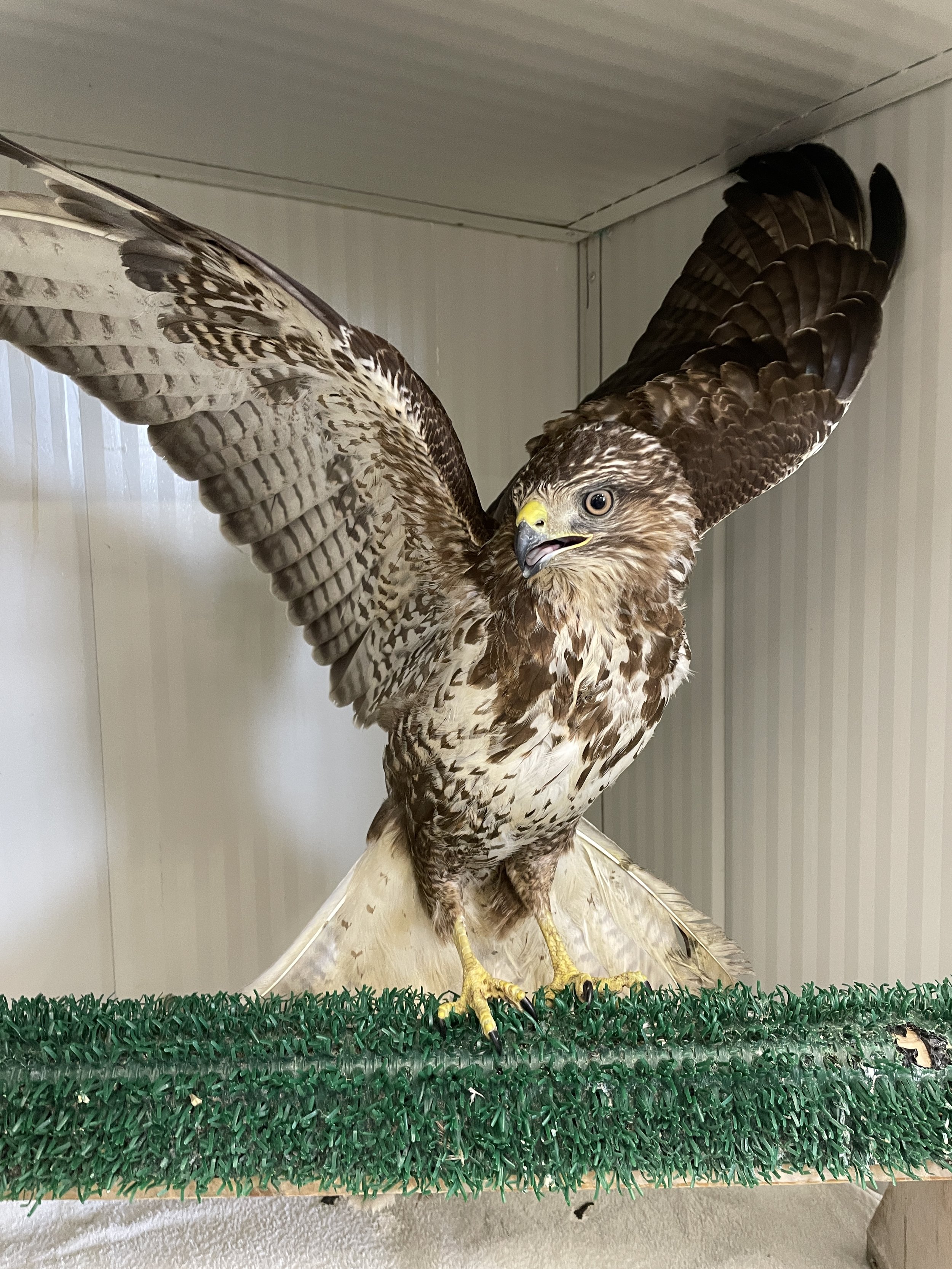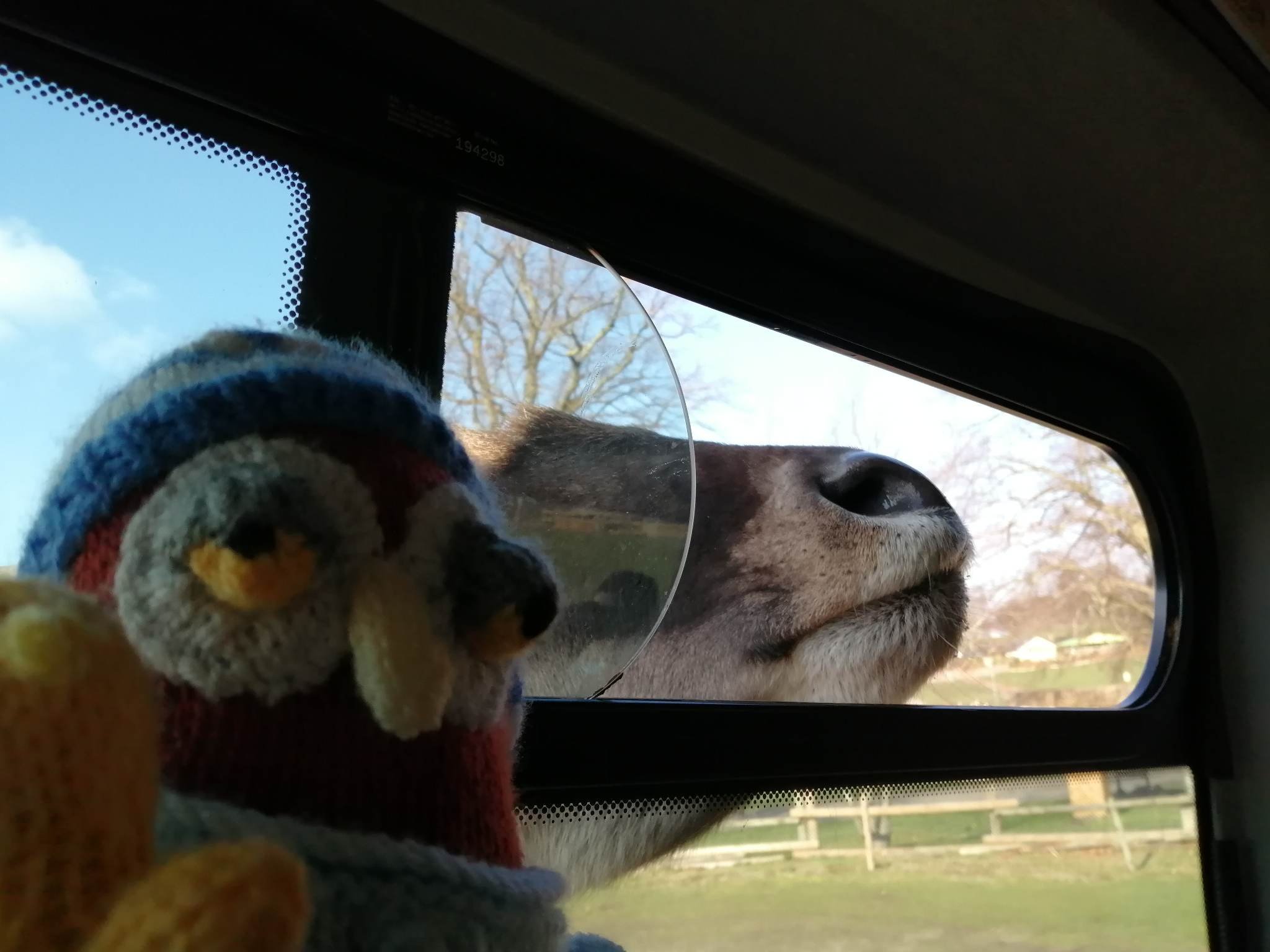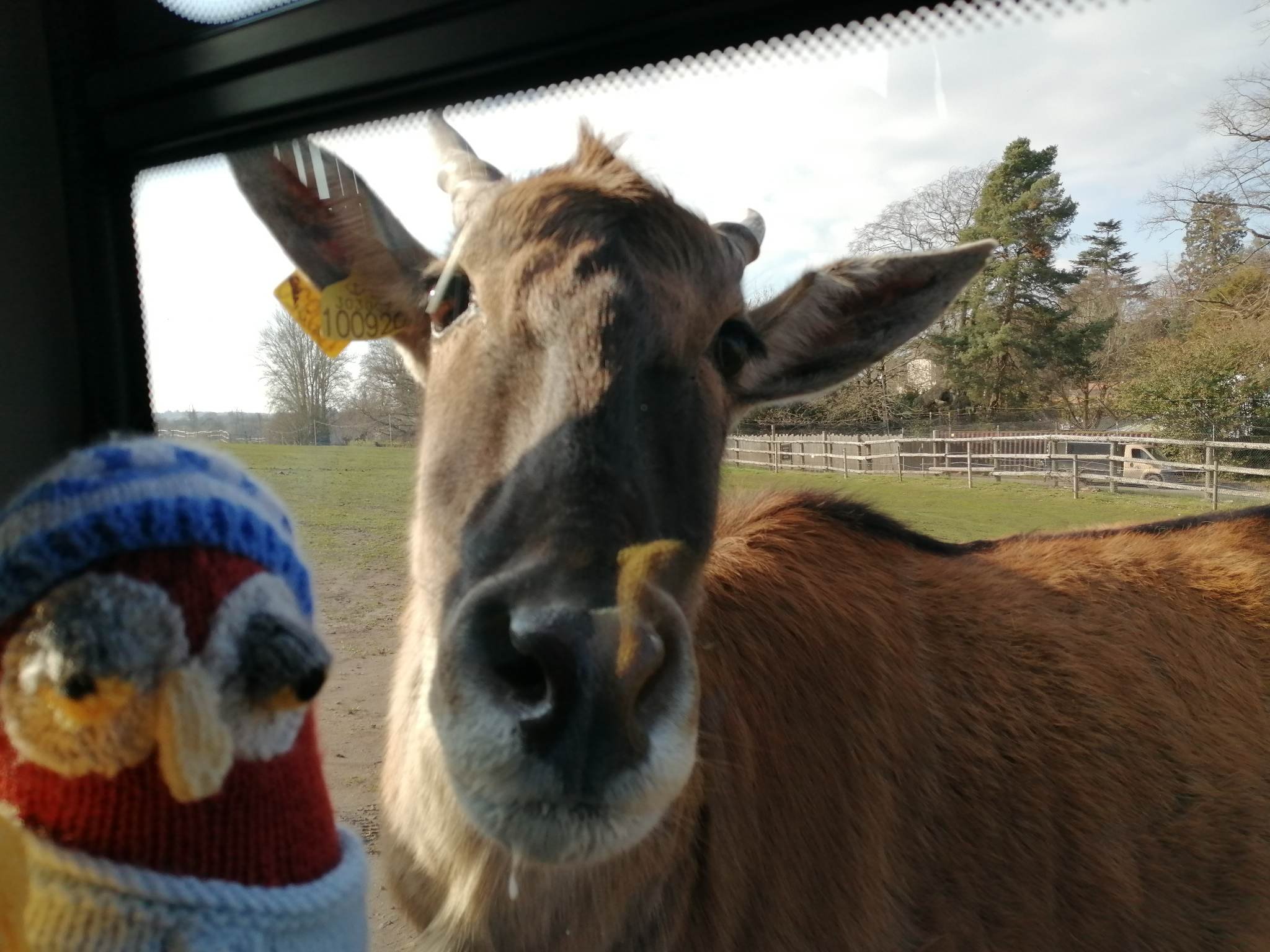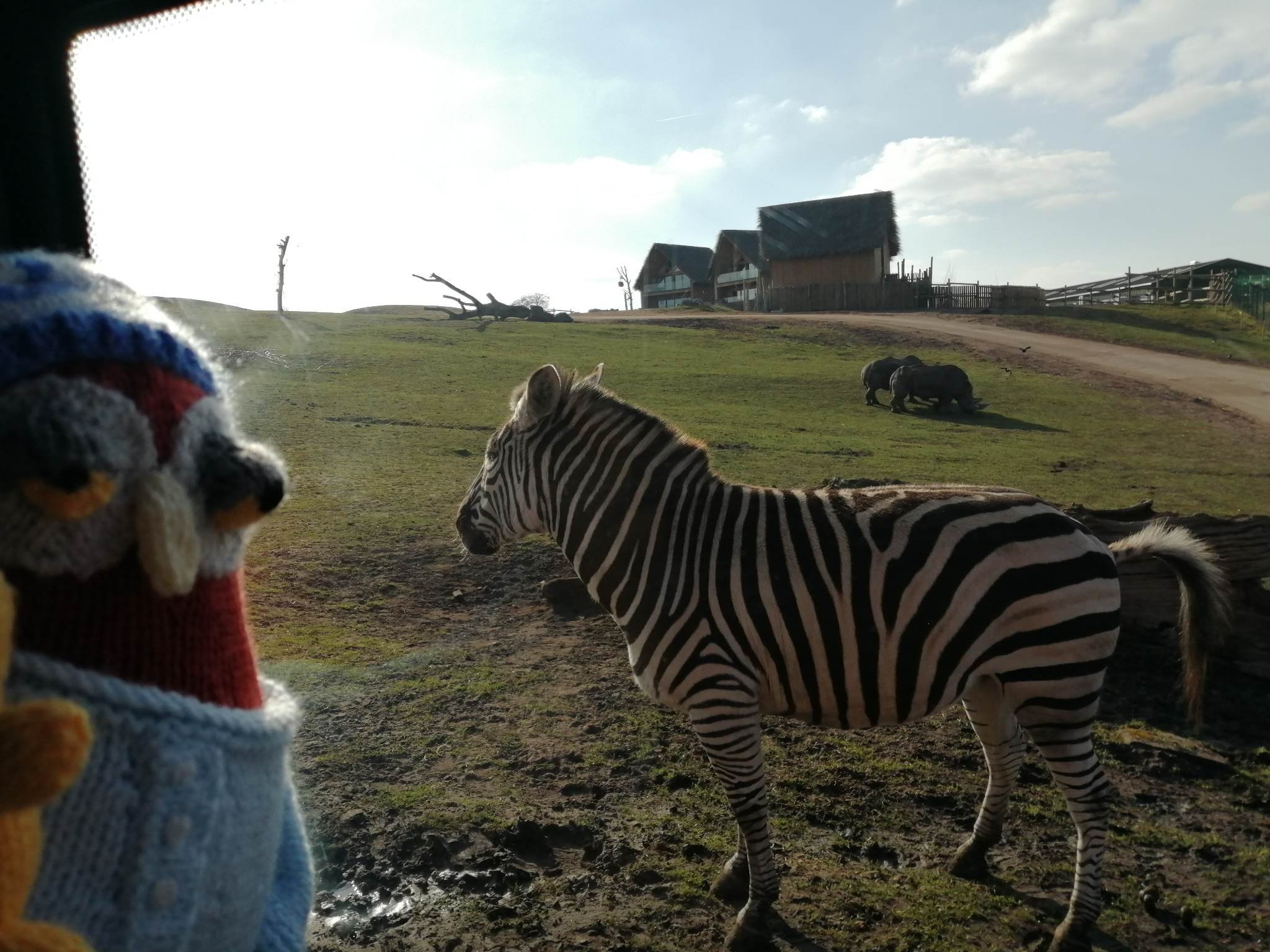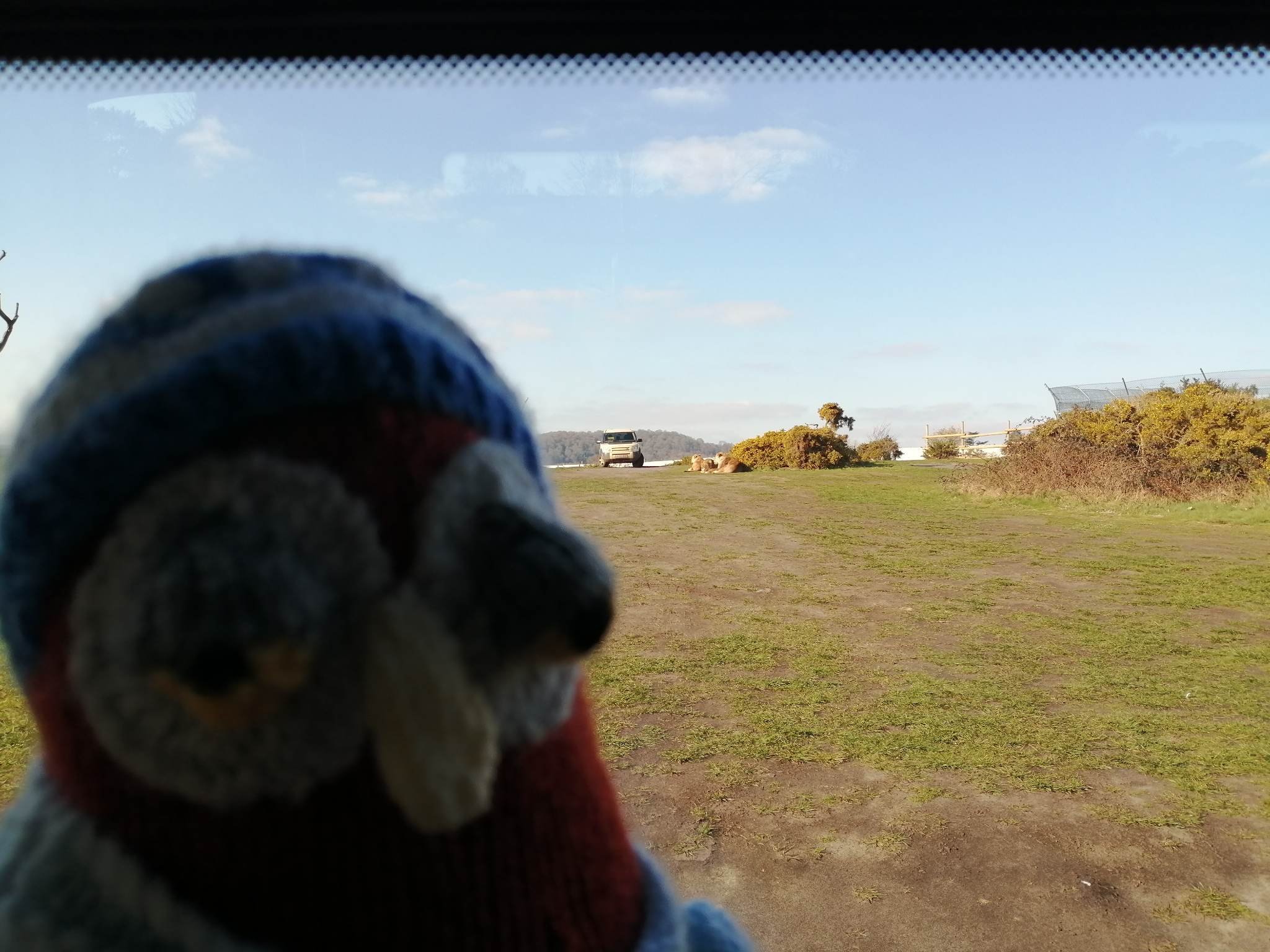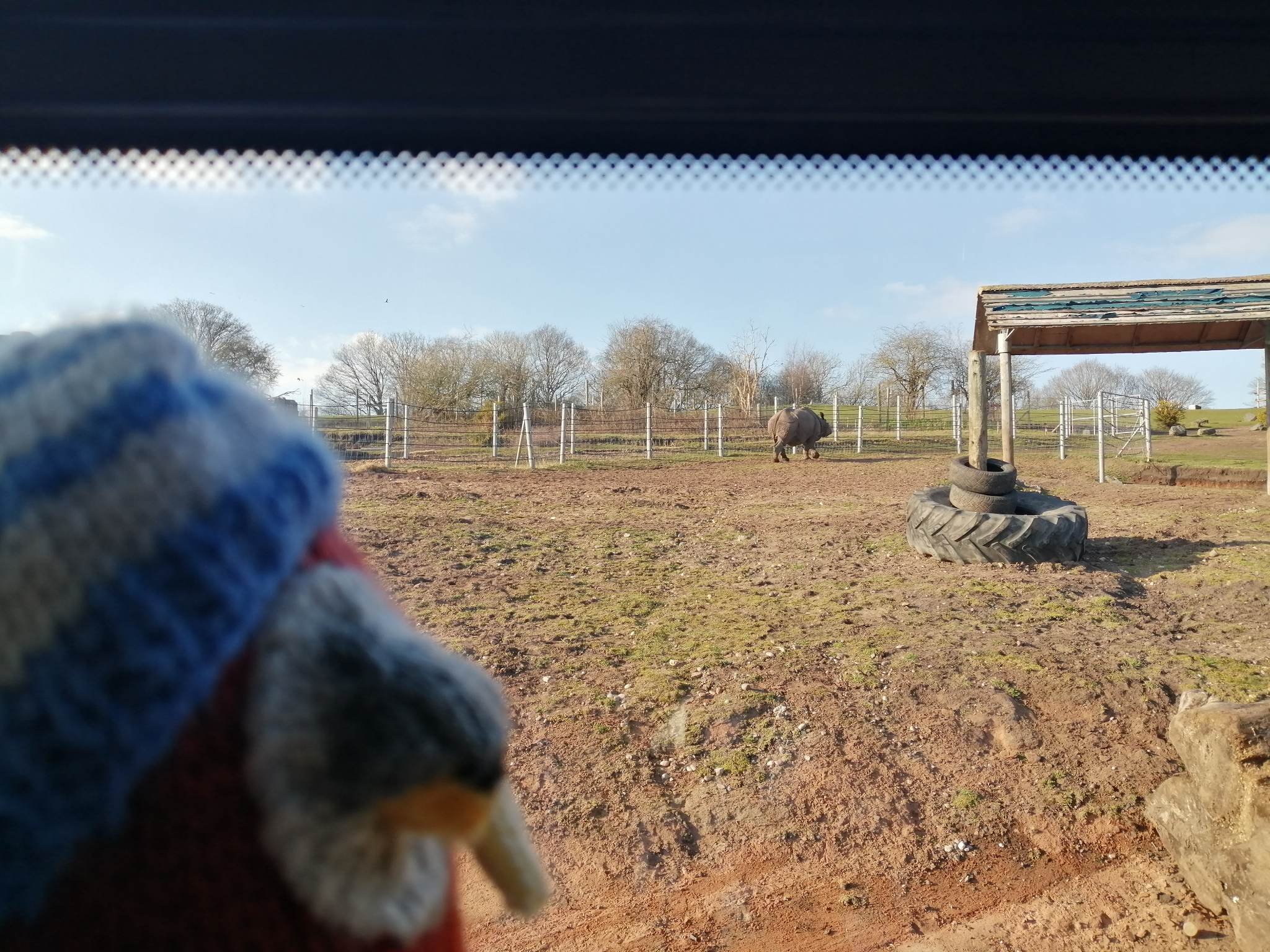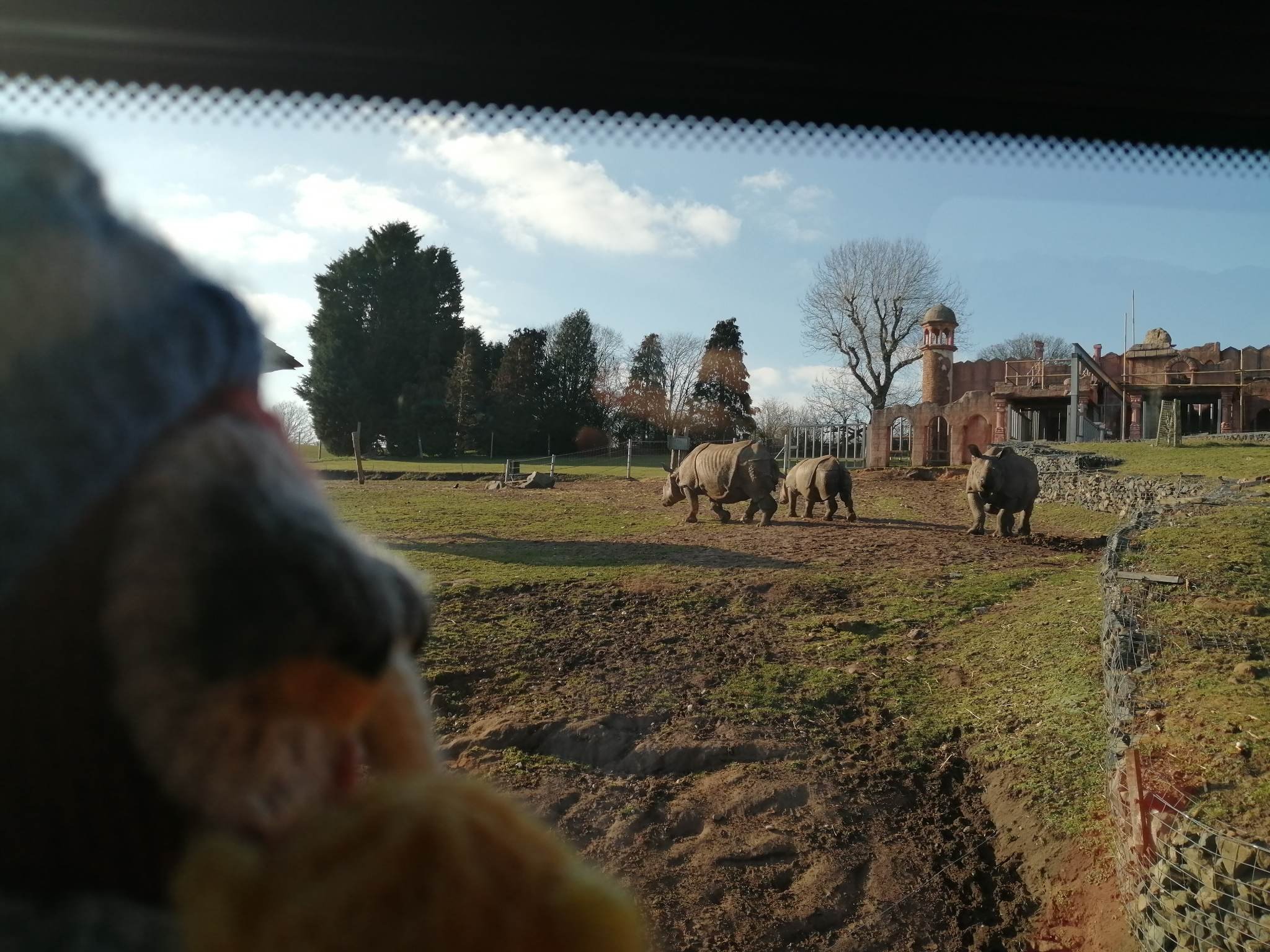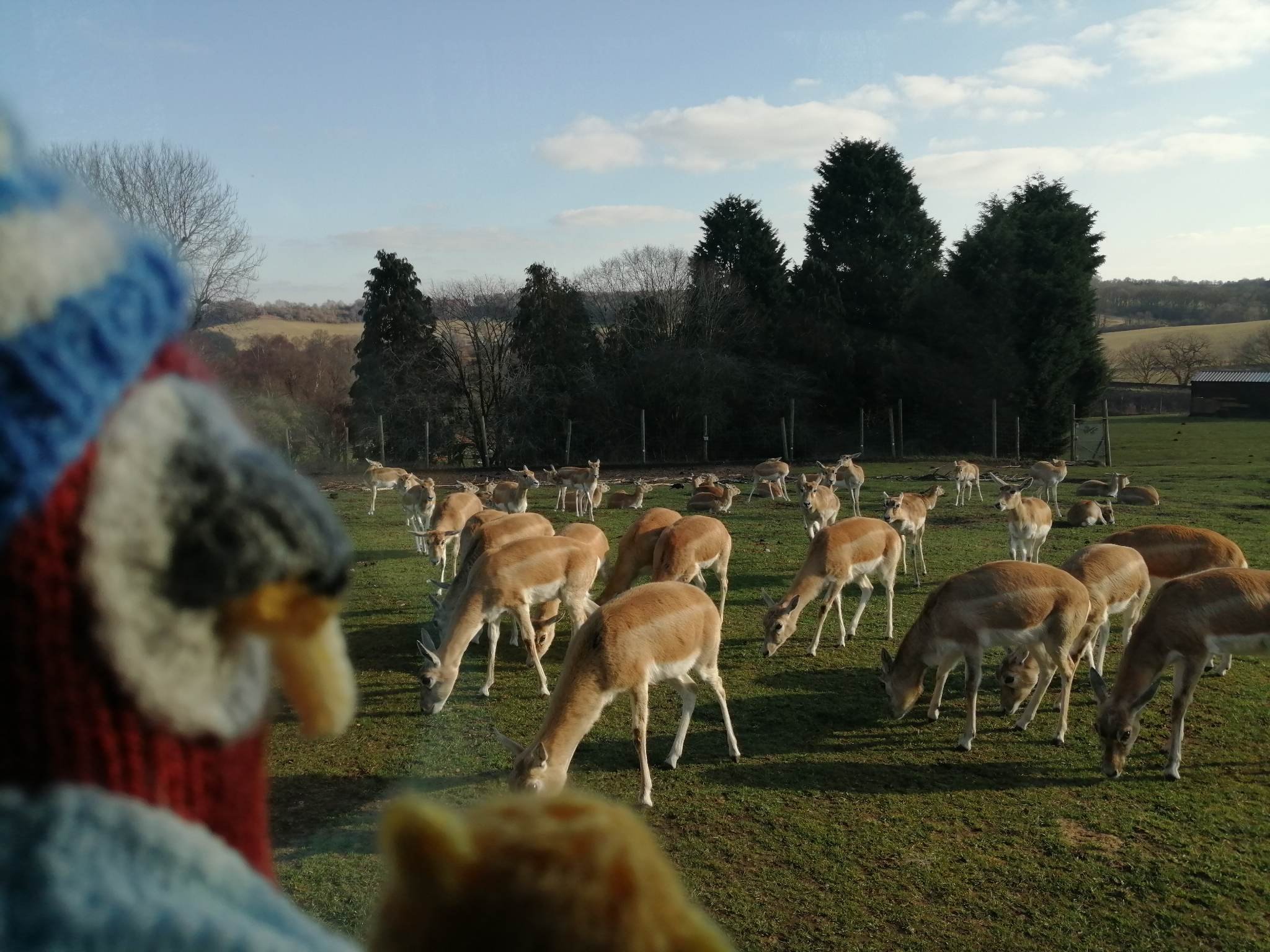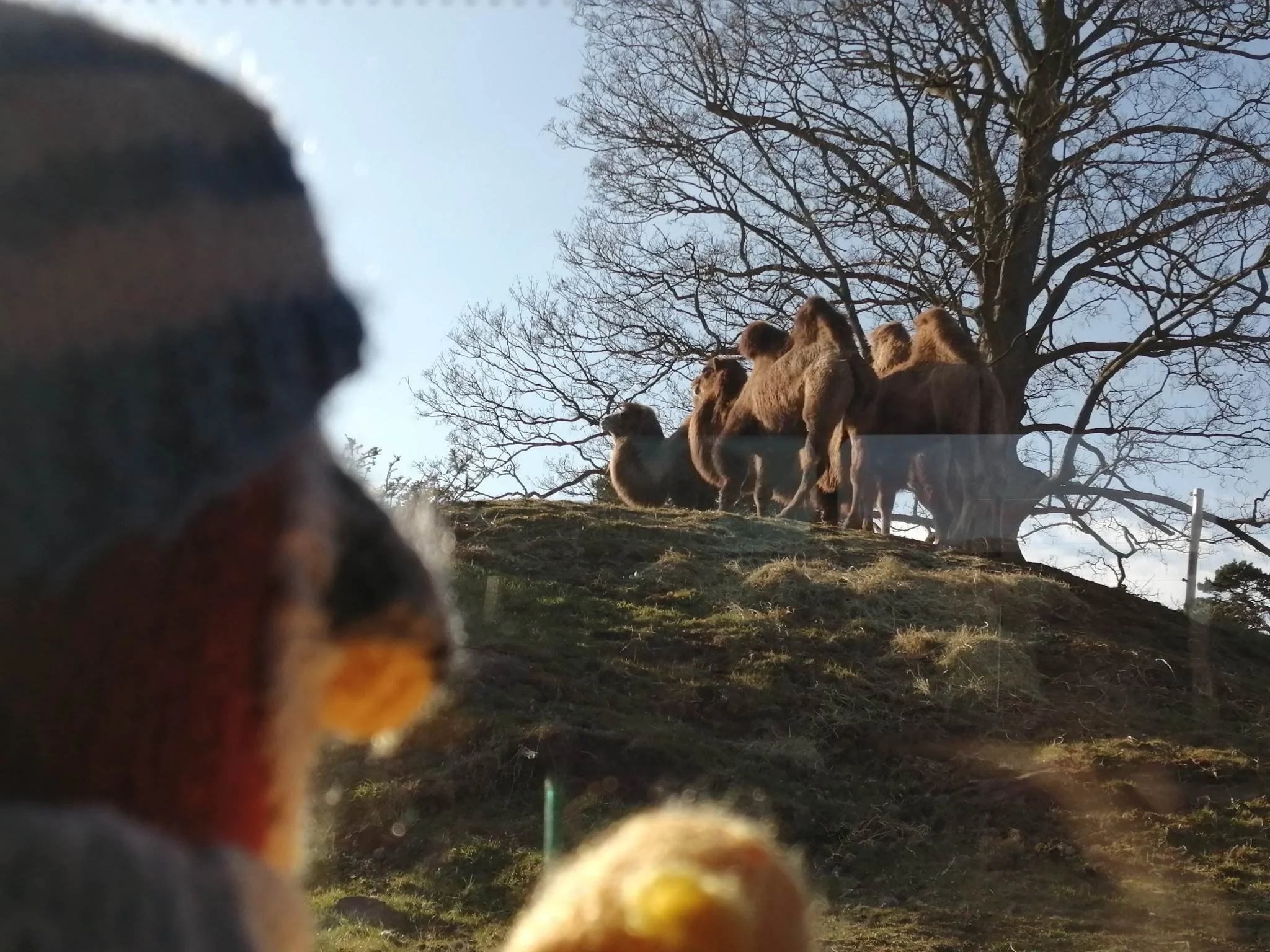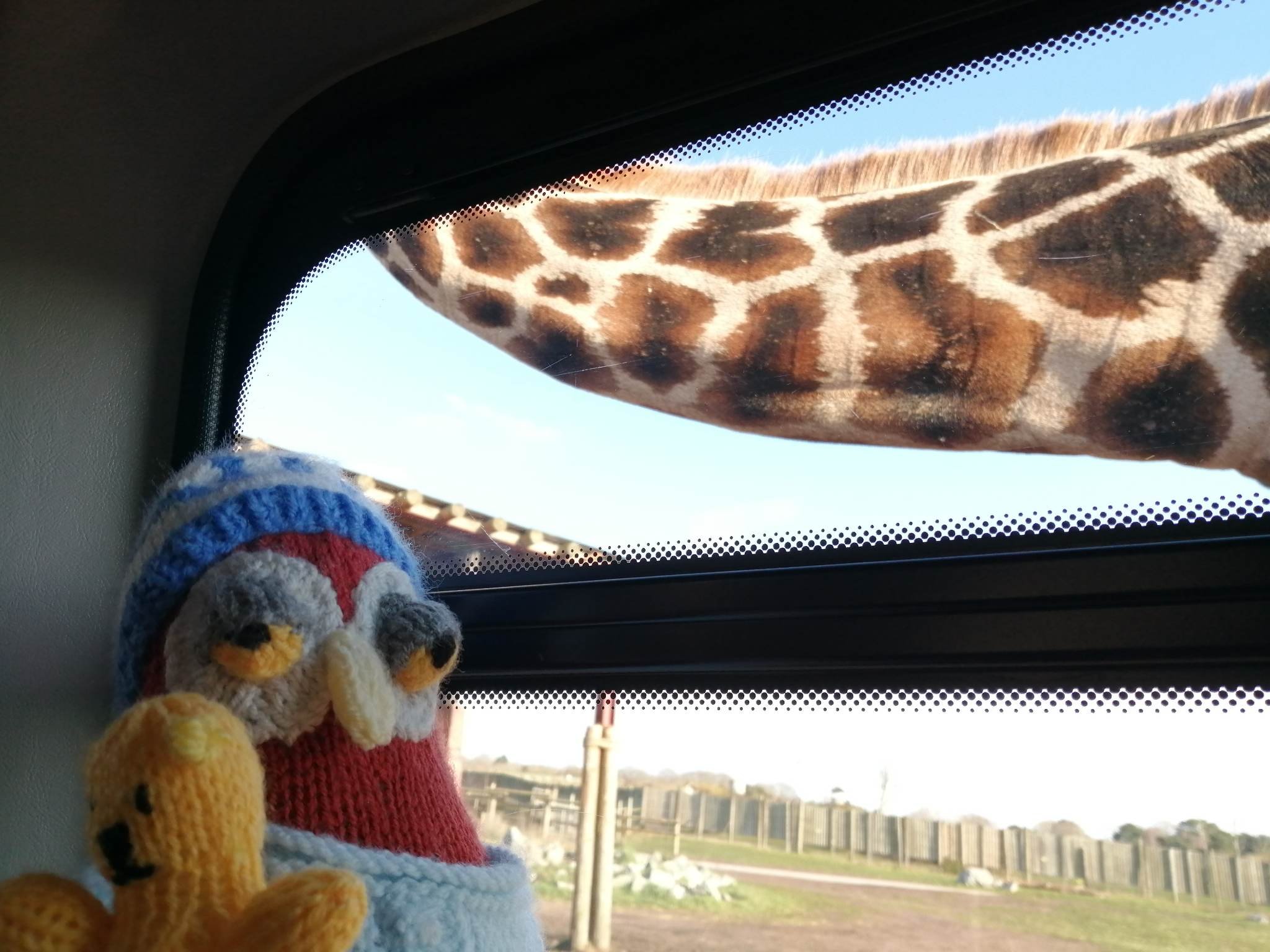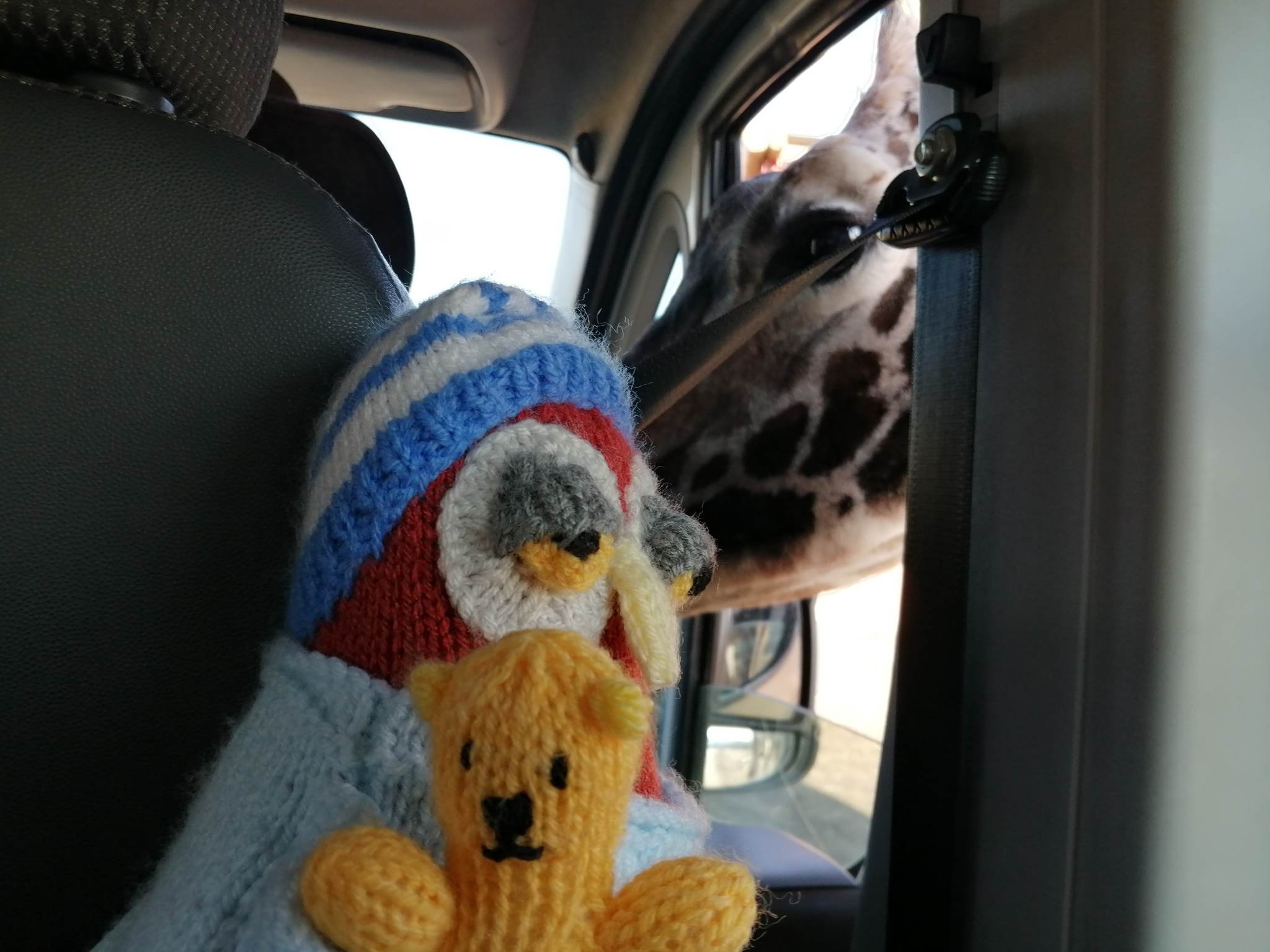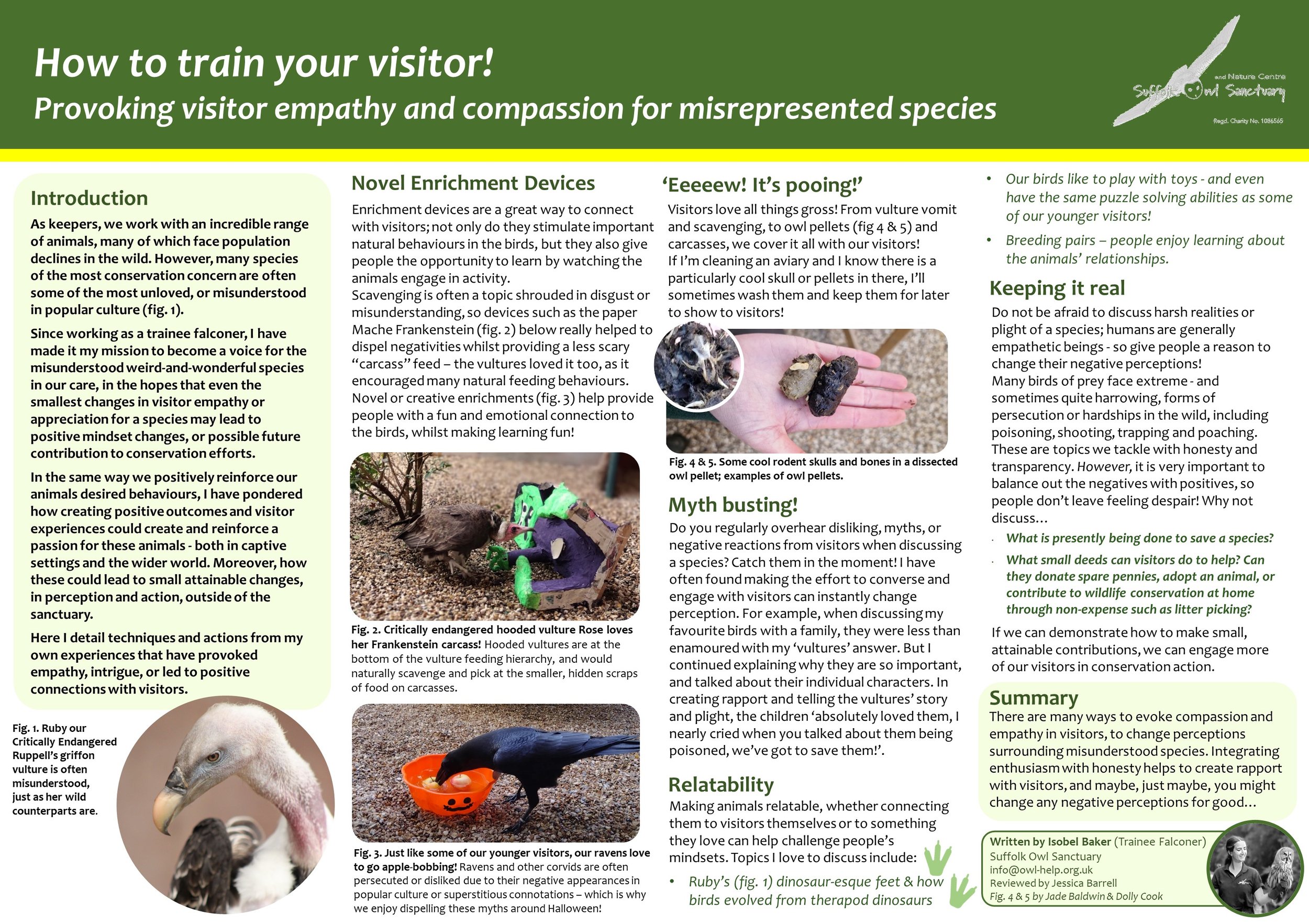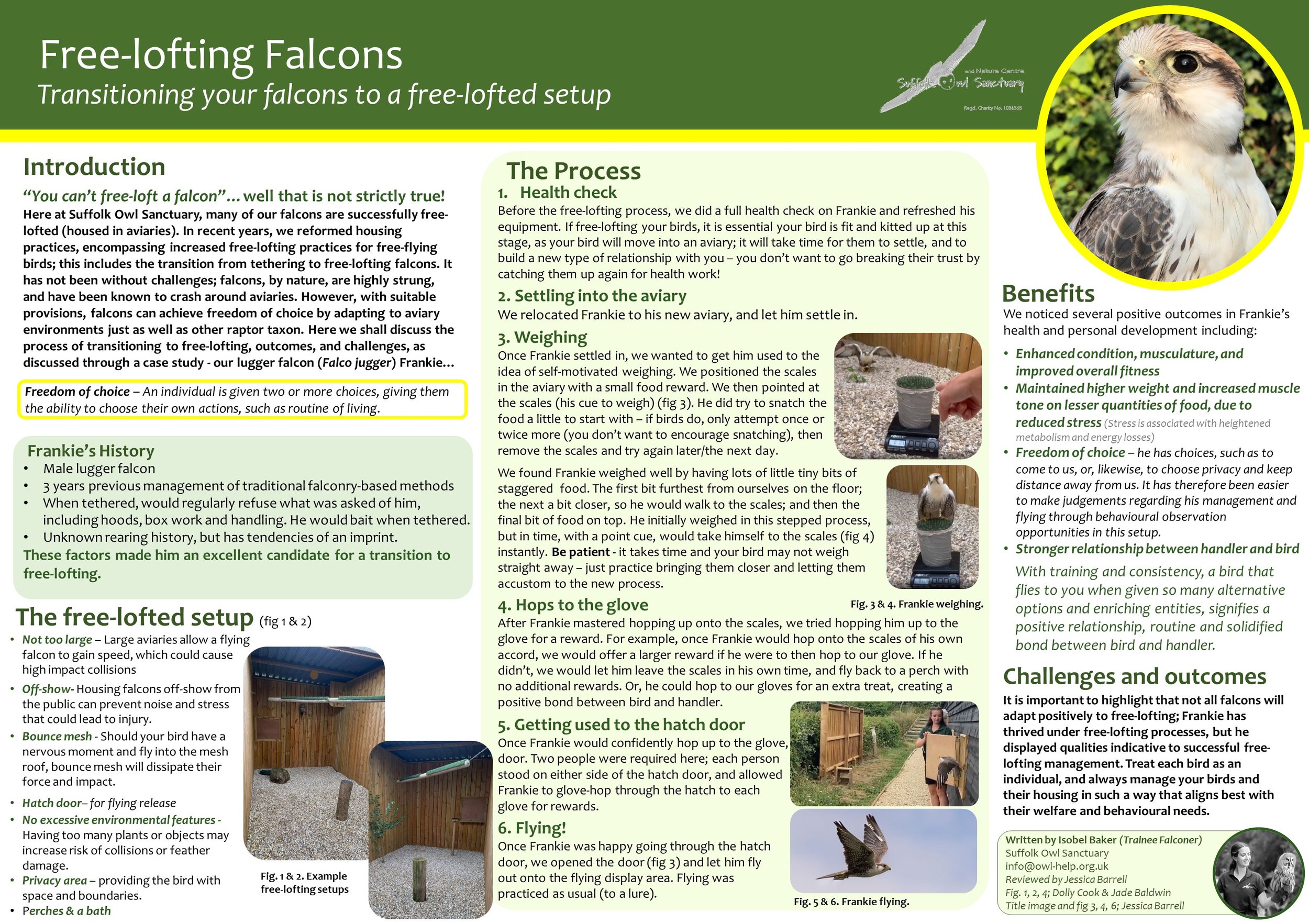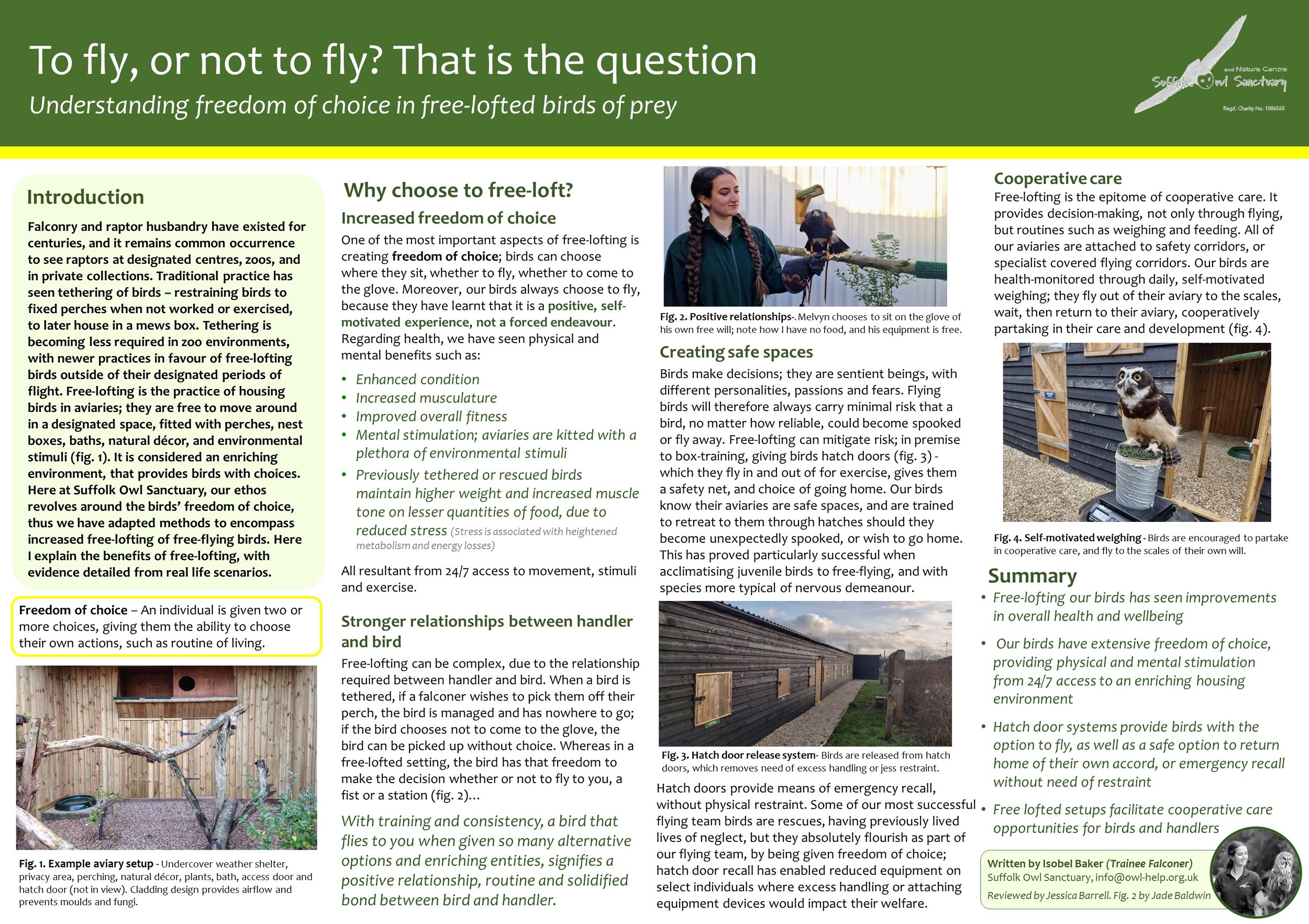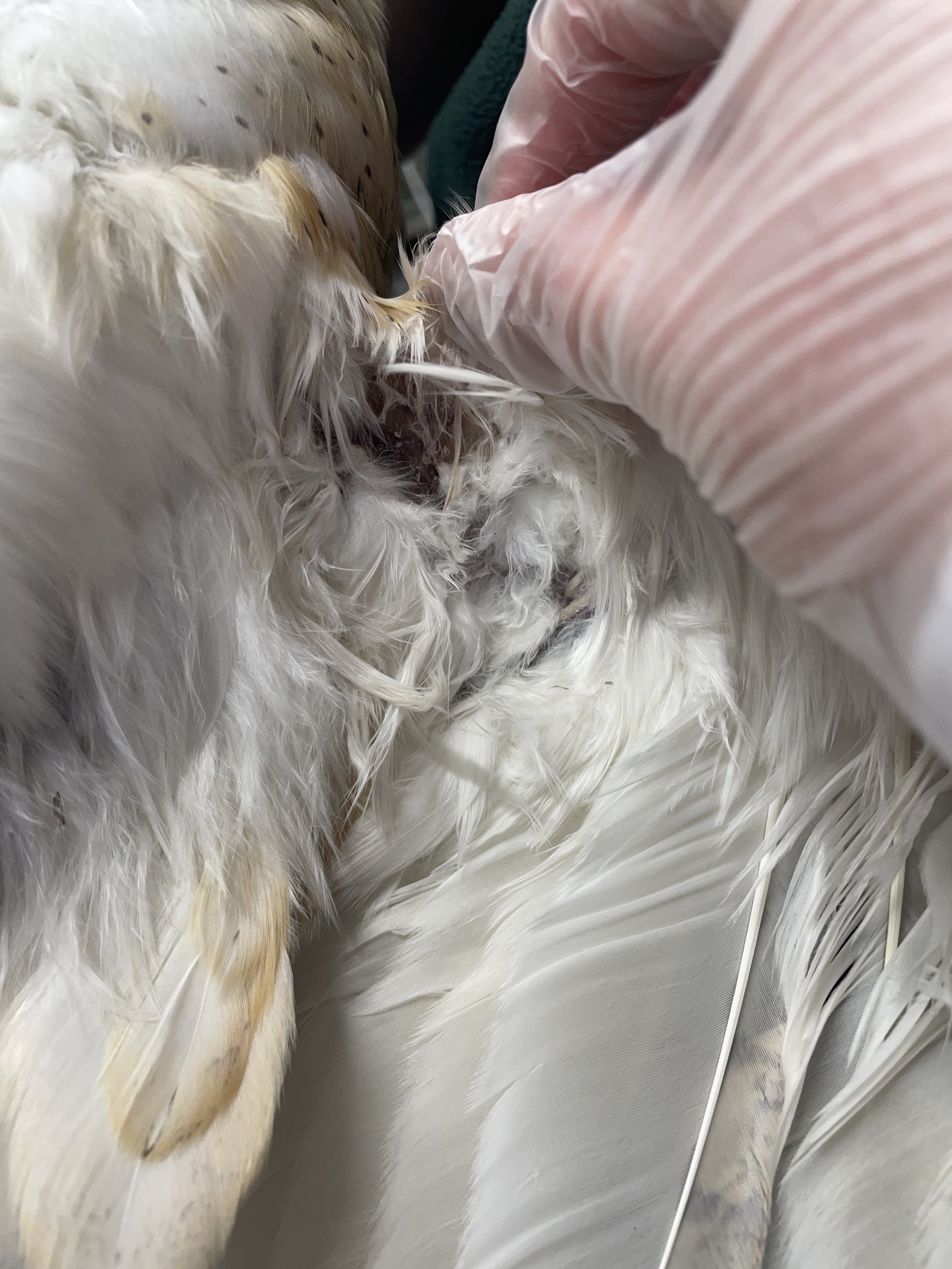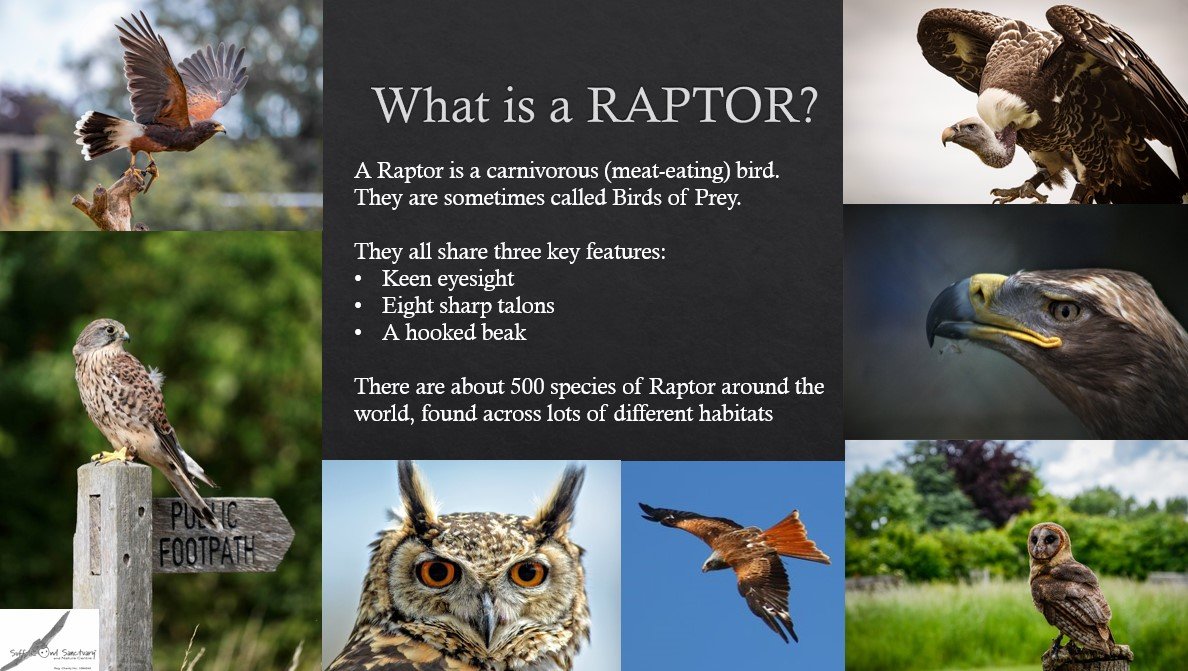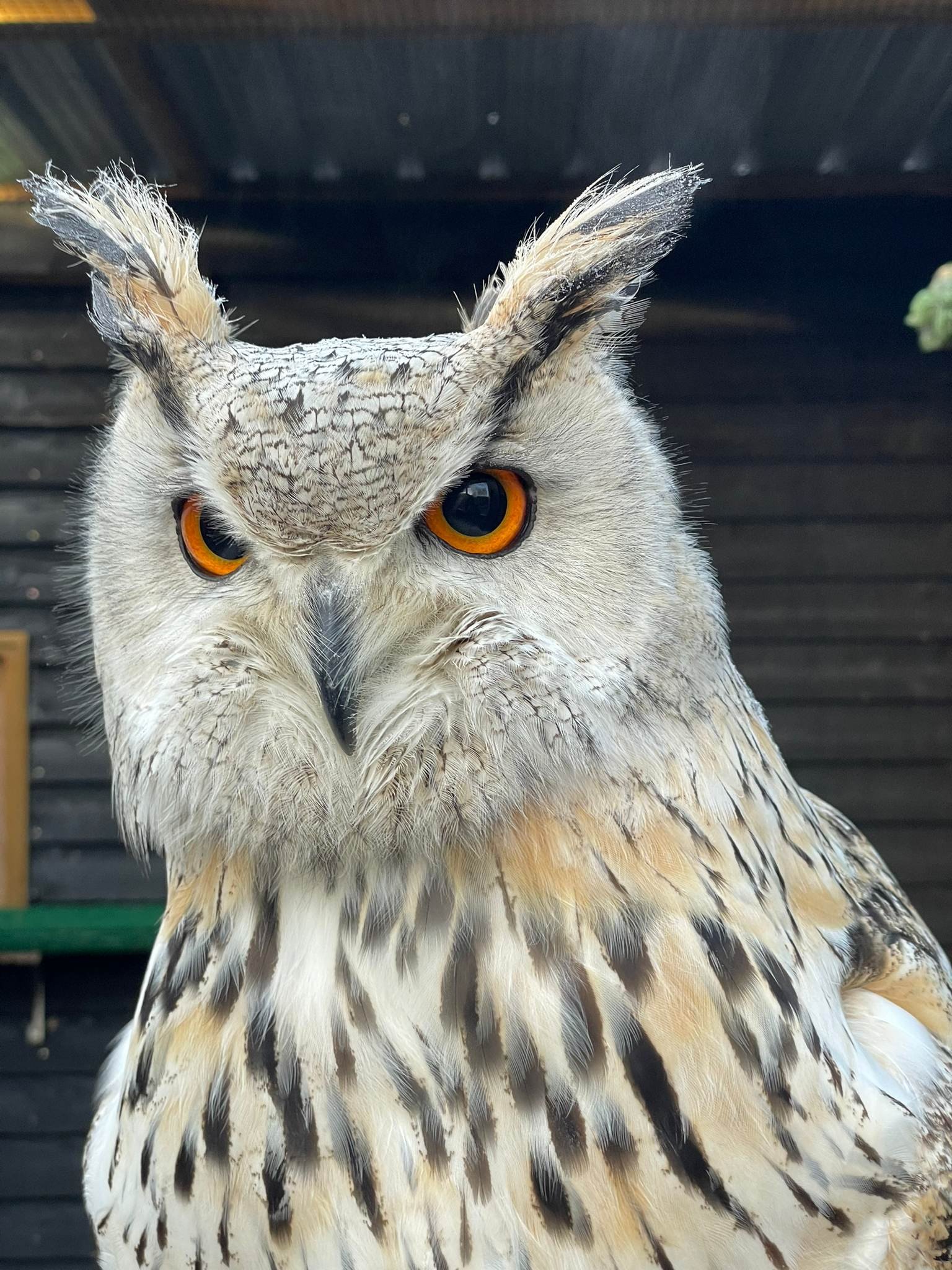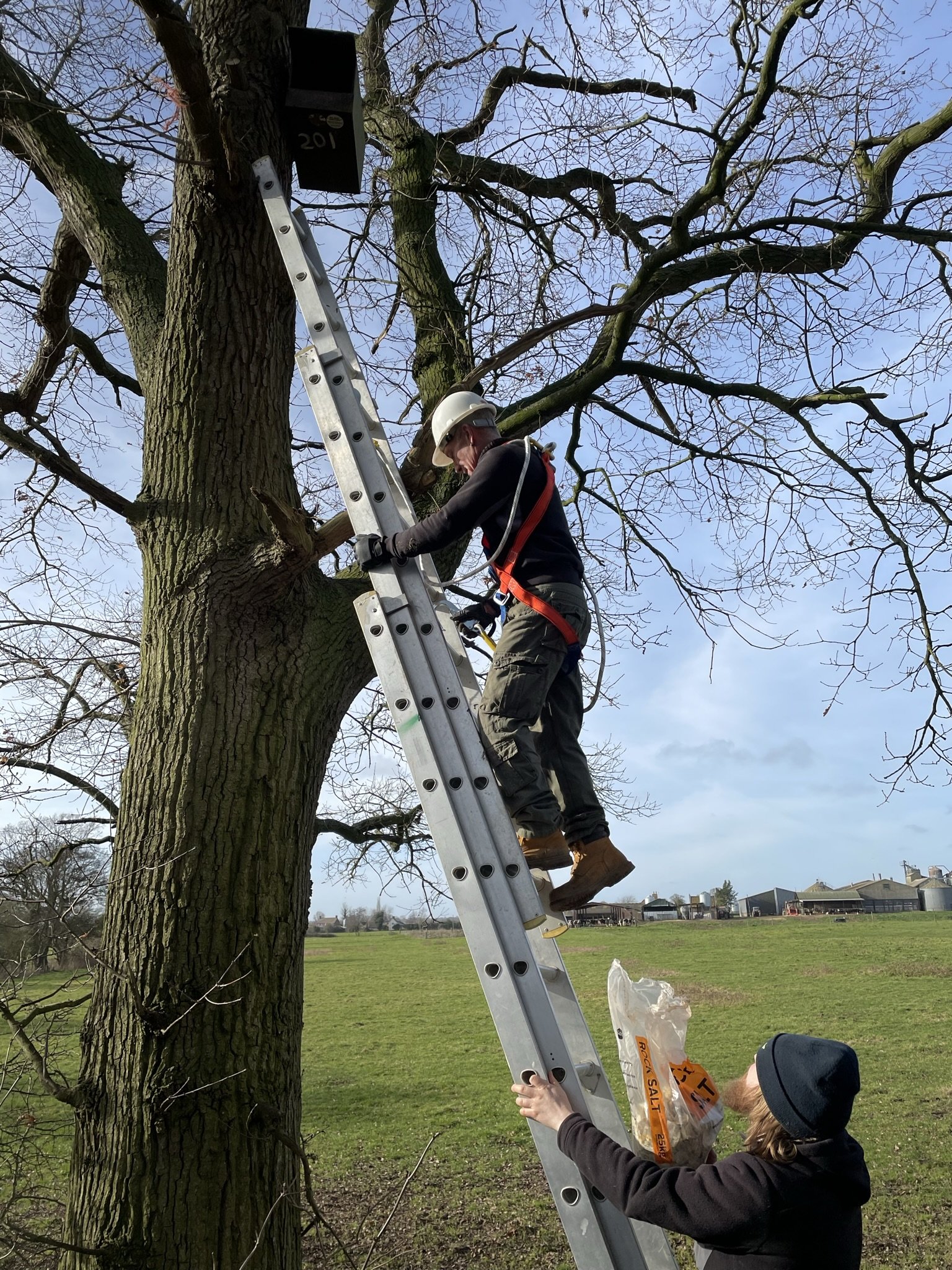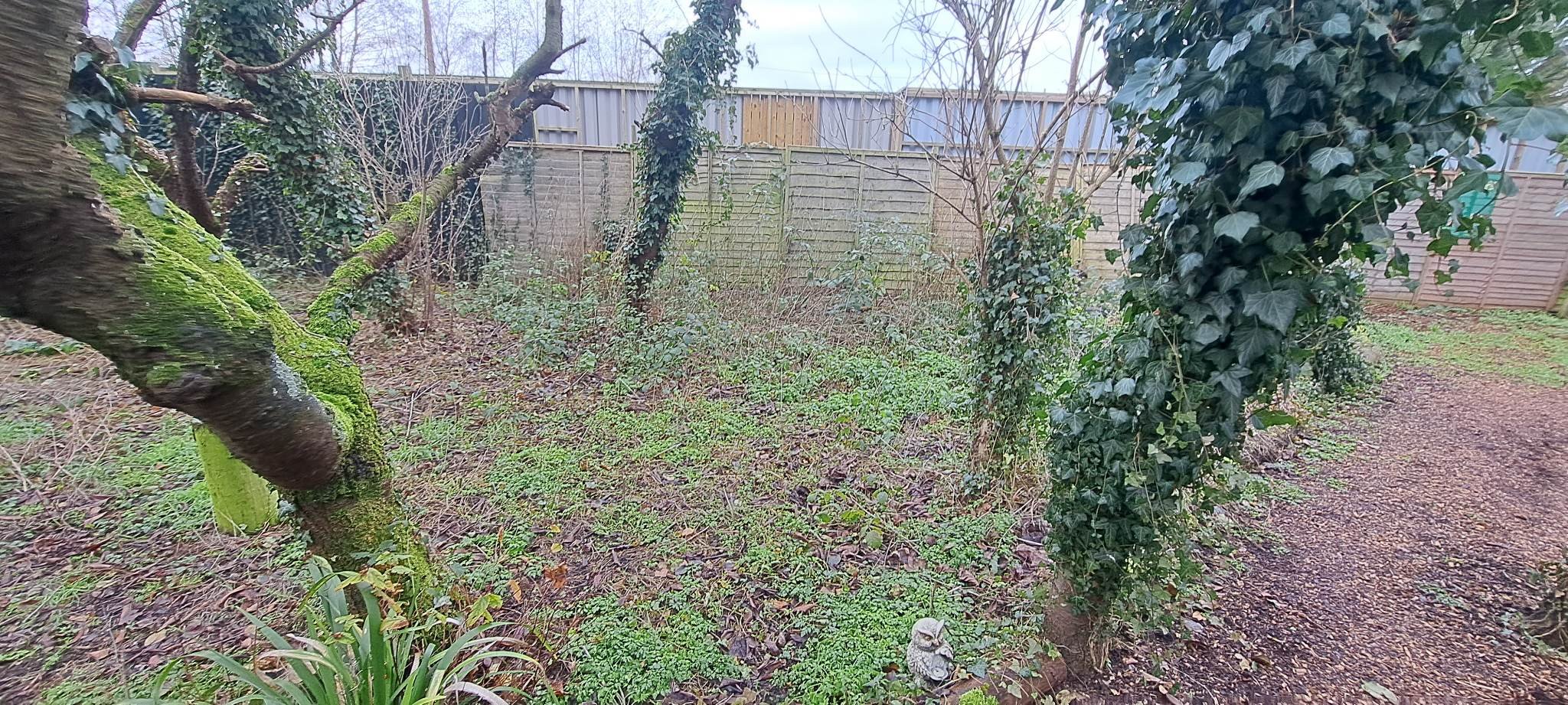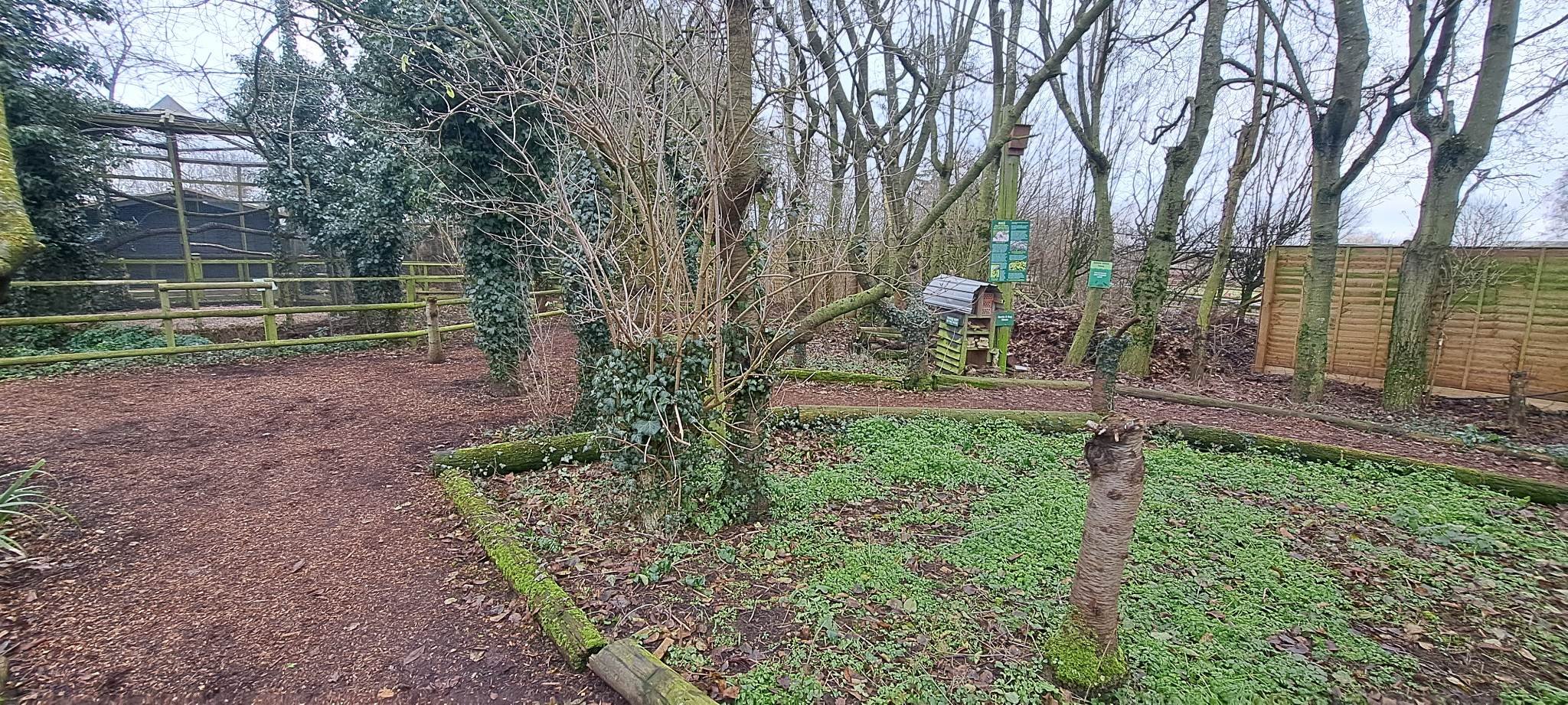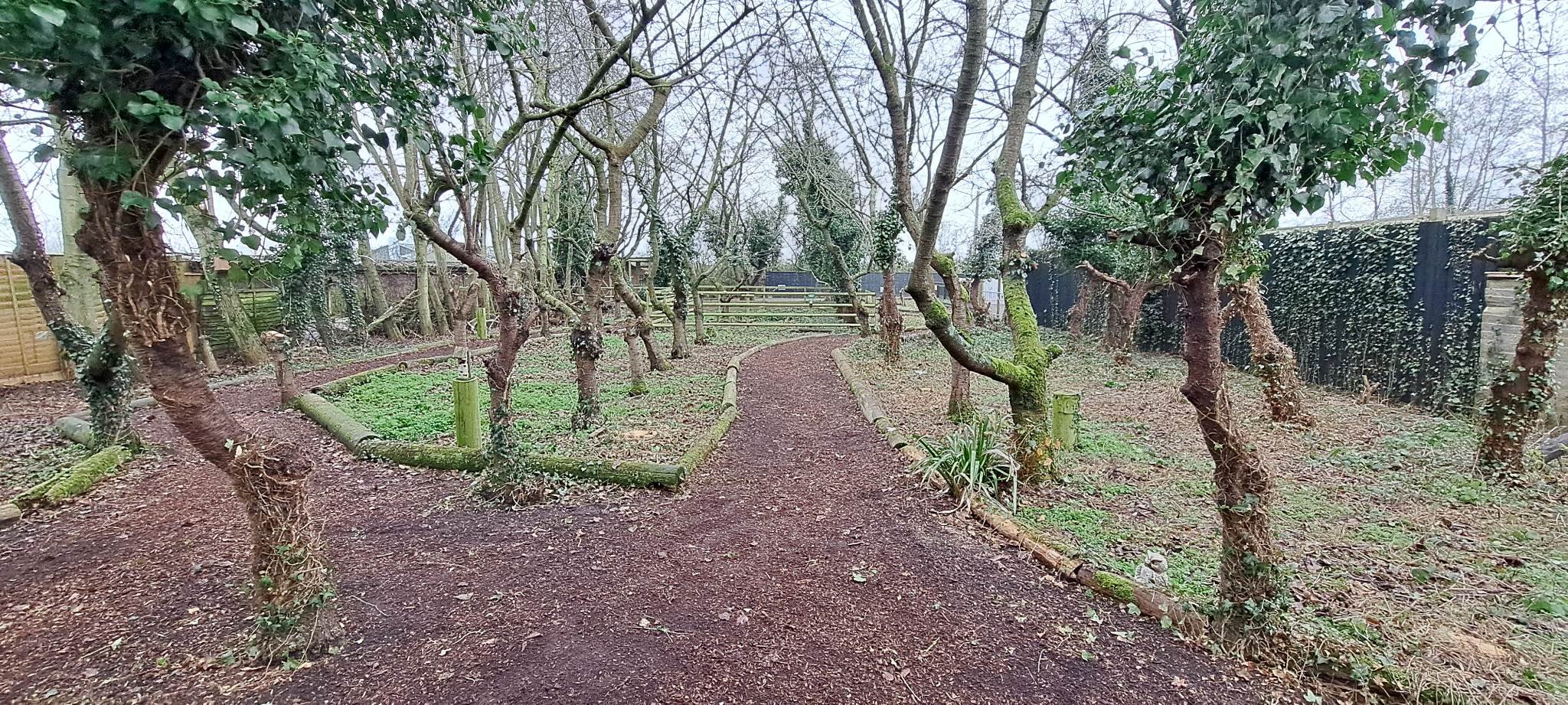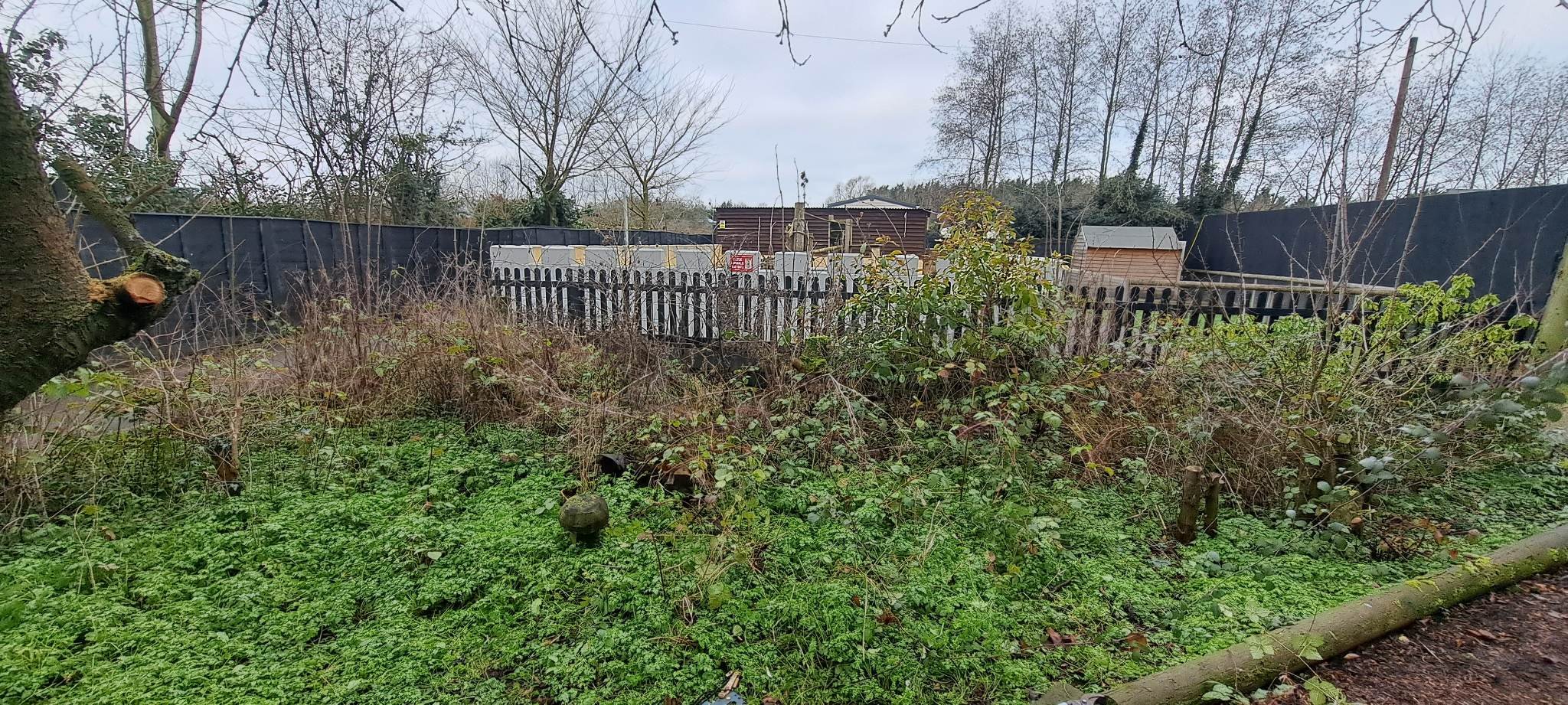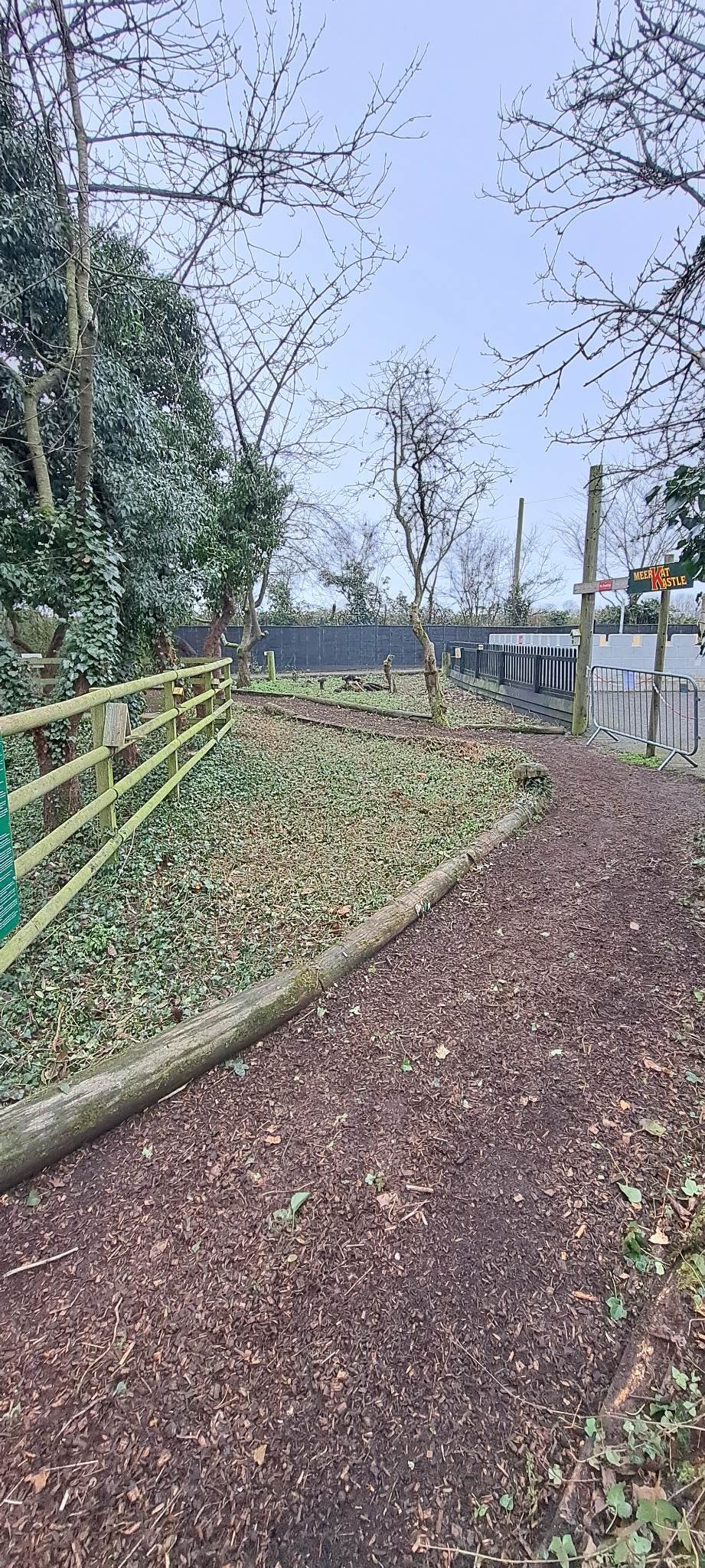When we receive a call about a Sparrowhawk in need of help, usually it’s as a result of a window collision. These birds are now a common sight pursuing their prey in gardens, and in the excitement of the chase, they sometimes don’t see clear glass windows.
We were therefore surprised to be asked to help a Sparrowhawk which had been hit by a car. This unfortunate bird not only hit the car but was also rolled along the tarmac. When she first arrived, she was in a very sorry state, with a massive head trauma causing swelling around her eye, bruising to her legs and feet and damage to her tail.
The team immediately gave her pain relief and placed her in our ICU room for monitoring. The main concern was her head, and we were worried that she might have suffered damage to her eye. However, after just a couple of days in our care, the swelling disappeared and her eye looked good as new! Jess used an opthalmoscope to check for any damage and none was detected, which was great news!
Sparrowhawk’s generally don’t do well in captivity, so we are keen to have her released as soon as possible. Although she has some damaged tail feathers, we are confident that she will adapt until they regrow. There is a method called imping, whereby falconers can use complete feathers moulted from captive birds, or collected from deceased birds, to fill the gaps in birds that need to be released. This has been done successfully in the past, but unfortunately we don’t have any suitable feathers available at this time to perform this procedure.
Prior to her immiment release, we invited Dr Hugh Hanmer to supervise Jess in ringing this feisty patient. This painless process involves attaching a metal ring to the birds leg (similar to us wearing a bracelet), with a unique alpha-numeric code. Should this bird then be found again, we will get a report to say where she’s got to, and the finder will know that she was released following a period in our Raptor Hospital.


